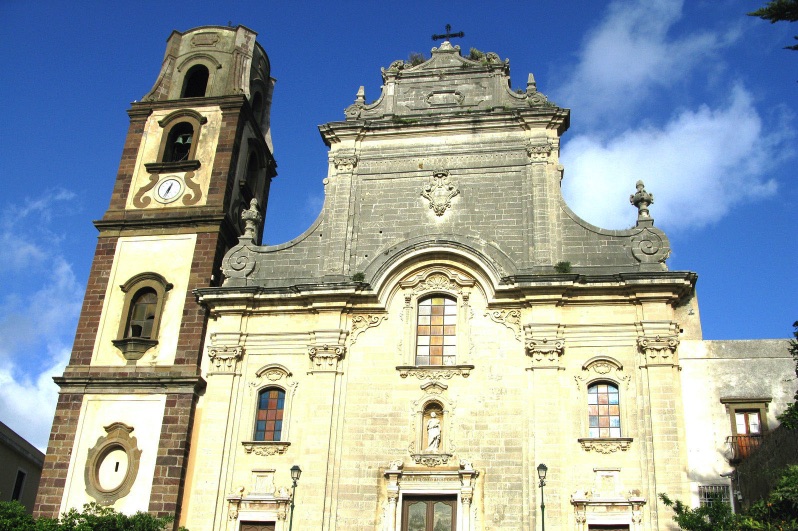At the foot of the Castle, where the modern town extends today, and at the beginning of the Diana quarter, the town of Lipari developed during the Greek and Roman ages.
Unfortunately, almost nothing remains of the town from the Greek age due to the destruction by the Romans in 252 BC and the overlapping of modern buildings.
Of the Roman city, on the other hand, there are remains of houses close to the Greek walls visible in the archaeological park of the Diana district and the perimeter embankment built in the 1st century BC, during the civil war between Sextus Pompey and Octavius
The houses, like the Castle, were grouped in blocks delimited by regular streets.
Archaeological excavations have brought to light the remains of two Greek fortification walls, one from the beginning of the 5th century BC, the other from the middle of the 4th century BC.
In Greek times the necropolis of Lipari was located outside the city walls because it was the custom of the Greeks and later also of the Romans to bury the dead outside the city. The necropolis extended into the plain of Diana. Nearly 3000 tombs have been found. They were arranged in rows on several levels: the more recent tombs overlapped the older ones, sometimes up to four layers deep.

